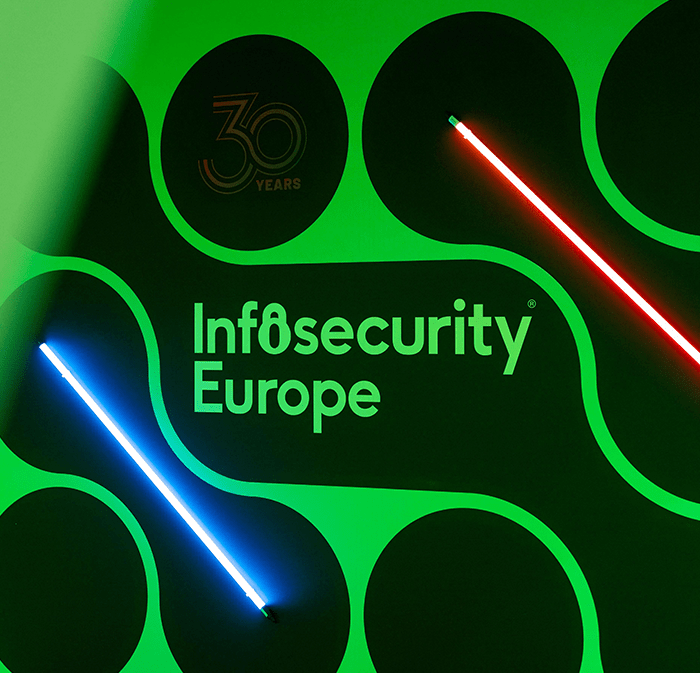2023 has marked a seismic moment for the field of AI. Since the launch of ChatGPT at the end of 2022, AI has rocketed to the forefront of public attention. For the broader world at large, Artificial Intelligence is here, it’s now, and there is greater recognition of how AI is poised to transform the ways that enterprise and government organizations operate.
At Dataminr, we’ve long been at the forefront of integrating transformational AI. We have pioneered AI-powered products that have been delivering tangible value to our customers for years. We’ve spent over a decade building out Dataminr’s real-time AI platform for discovering events, risks and critical information from public data signals. And, we’ve been integrating cutting-edge LLMs (Large Language Models) into our real-time AI platform since early 2020. Today, in the era of multi-modal Foundation Models, Dataminr continues to push the boundaries of AI innovation across all dimensions of our AI platform.
In this first post of our new AI blog series, we will dive into the ways LLMs and Multi-modal Foundation Models serve as the basis of the Predictive and Generative AI components in Dataminr’s AI platform. We will also shed light on how these powerful models are turbocharging our real-time AI platform for event, risk and critical information discovery and provide a preview of Dataminr’s exciting AI plans for the future.
Dataminr’s Leadership Position in Predictive AI
While strides in Generative AI have dominated most of the tech headlines recently, the category of Predictive AI is also at a similar inflection point. The wider adoption of LLMs and Multi-modal Foundation Models is exponentially accelerating Predictive AI model performance. As with Generative AI, recent advances in Predictive AI have led to model performance that is exceeding the expectations of even the most optimistic AI industry experts.
Dataminr’s Predictive AI capabilities have long been at the core of our world-leading real-time AI platform—relied on 24/7 to detect events, risks and critical information. Our Predictive AI models serve as the backbone for many of our trailblazing AI innovations such as Multi-Modal Fusion AI and our integration of real-time Human-AI Feedback loops with Domain Experts.
Predictive AI models and techniques do what the name suggests—these models make predictions. Dataminr’s Predictive AI encompasses all of the models that detect events, risks and critical information from nearly one million multi-modal/multi-format public data sources in real time. These models are used in our platform to predict whether complex public data patterns indicate nascent real-time events, and our AI predicts which of these real-time events are relevant and actionable for specific customers.
Dataminr’s Predictive AI models are highly versatile—trained on and applied across many different types of data including images, video, audio, sensor data, and text in more than 150 different languages. The range of predictive models in our AI platform encompasses Natural Language Understanding, Computer Vision, Audio Processing and Anomaly Detection. These models operate at massive scale, performing trillions of daily computations on billions of daily inputs from nearly one million public data sources.
Dataminr’s Predictive AI models not only discover events, they also ascribe an extensive set of attributes to these events. For example, our AI platform can predict when a real-time pattern in public data represents a specific event type, such as a wildfire or a cyber-physical attack, it can pinpoint an event’s location, and can gauge whether an event is related to, or interconnected with those previously detected.
Turbocharging Dataminr’s Predictive AI Capabilities with Foundation Models
Integrating Foundation Models into Dataminr’s Predictive AI capabilities has turbocharged our core AI Platform performance. For our customers, this evolution has led to dramatic improvements in the speed, scope and accuracy of our alerts. Foundation Models have empowered our AI engineers, Research Scientists, and Data Scientists to bolster the range and breadth of alerts delivered by our platform, and to rapidly expand to new client use-cases such as digital threats, cyber-physical risks, and supply chain vulnerabilities.
Utilizing Foundation Models has also allowed Dataminr to integrate Semantic Discovery techniques more widely across our AI platform. Semantic models can represent intent and surrounding context and have enabled our AI platform to more effectively detect concepts, themes, and previously undiscovered hidden relationships between entities. By combining Foundation Models and semantic approaches, our Predictive AI capabilities can achieve a “higher resolution” view of the digital landscape. This sharper, more detailed lens on public data has expanded Dataminr’s abilities to uncover more “unknown unknowns” and spot nascent trends and emerging risks that were previously impossible to detect.
Going one step deeper, LLM-empowered Semantic Discovery methods for Natural Language Processing (NLP) enable us to move far beyond the inherent limitations of using keyword patterns, and other traditional NLP approaches to detect events. Foundation Models have also enhanced our Computer Vision capabilities, allowing us to extract semantic information from images and videos. We can now detect multi-faceted events in visual media at performance levels that were not possible in the past.
Most excitingly, Foundation Models equip our AI platform with increased abilities to map and cross-correlate different types of media in the same semantic space—fusing together text, image and video in a unified semantic framework. When combined with our broader integration of vector databases, these advancements will further turbocharge Multi-modal Fusion AI for real-time event, risk and critical information discovery.
Dataminr’s Pioneering Generative AI for Real-time Event, Risk and Critical Information Discovery
In addition to our groundbreaking Predictive AI capabilities, Dataminr has also established itself as a leader in Generative AI. Today, Dataminr’s AI platform uses Generative AI to automatically create the textual descriptions and real-time summaries that describe the events, risks and critical information detected by our platform. Using Foundation Models, we’ve expanded our Generative AI capabilities exponentially. Today, 95% of our alert summaries are created automatically in our AI platform by Generative AI. These algorithmically AI-generated summaries are indistinguishable from summaries written by humans, allowing our products to deliver actionable alerts at a massive scale.
The real-time descriptive summaries that accompany our alerts are critical given the nature of the public data we ingest. When an event occurs, the information about that event is often fragmented across the public data landscape, expressed in ways that are often incomplete and full of irrelevant or even false information about the event. Public social media posts, for example, often contain slang, abbreviations, or even symbols like emojis. A dark web post buried in a dark web forum may be solely a single screenshot image with no textual information or context.
Our Generative AI models take all of the fragmented information that our AI platform detects and automatically generate a short cohesive descriptive summary of the event itself. The summary allows the events, risks and critical information detected by our platform to be far more understandable and actionable by our customers for their particular use cases.
Dataminr has developed its own proprietary Generative AI models and integrated them seamlessly into our products’ workflows. Our real-time event summaries are an integrated use of Generative AI that address core pain points and challenges faced by our customers. In essence, we are using Generative AI capabilities to describe the events detected by our Predictive AI capabilities, fusing the two AI categories together in a novel way. This synergistic use of Predictive and Generative AI creates a product that uses AI for both event detection and event description.
Trailblazing GenAI Innovation
The Future of AI at Dataminr
With broader integration of Foundation Models, Dataminr is now poised to expand our Generative AI capabilities in revolutionary new ways. Our roadmap includes a number of novel integrated Generative AI products. These innovations range from customer-tailored event impact assessments to dynamic real-time digital trend summaries. At the start of 2024, we will also be releasing next-gen Generative AI that delivers “live information”—providing continuously updating and “regenerating” live descriptions of complex multifaceted real-time events.
As we look further ahead, we’re experimenting to more deeply synthesize the Predictive AI and Generative AI categories into groundbreaking new customer products. While each of these AI categories is extremely powerful in its own right, their combination holds the potential to unlock product possibilities never before possible. For example, we have plans to bring to market Generative Predictive intelligence that can anticipate, envision and articulate multiple potential outcomes of emerging events, risks, and trends in real time.
To realize our expansive vision, Dataminr’s AI strategy has been to create a broad set of Dataminr-unique, customized foundation models and LLMs. You can learn about our approach in the second installment of our new AI blog series, Our AI Strategy for Creating Dataminr-unique High Performance LLMs and Foundation Models by Alex Jaimes.
Upcoming posts in Dataminr’s new AI Blog Series will cover a wide range of topics— including how Foundation Models turbocharge product value for both private and public sector customers, the advantages of vector databases for optimizing real-time discovery, and our integration of Reinforcement Learning from Human Feedback (RLHF) with dynamic domain expert inputs. This blog series will also spotlight how we are unlocking significant AI platform scaling and cost efficiencies with Foundation Models. And, future posts will also shed more light on Dataminr’s plans to integrate next-gen Generative AI into customer products. Stay tuned!




